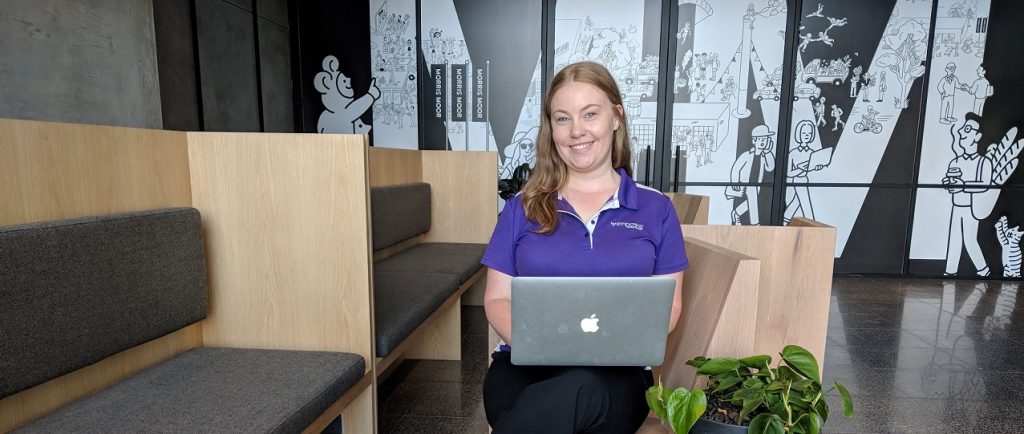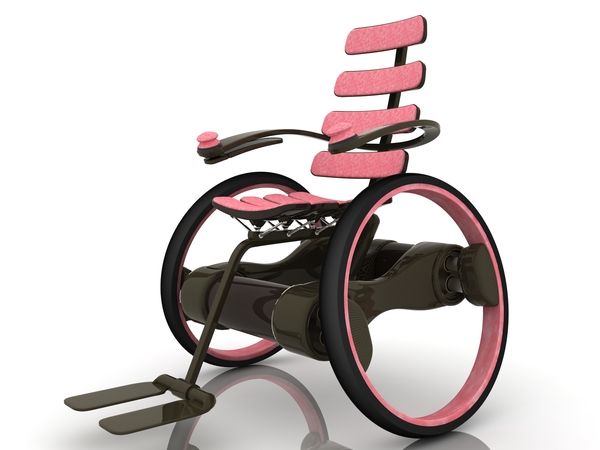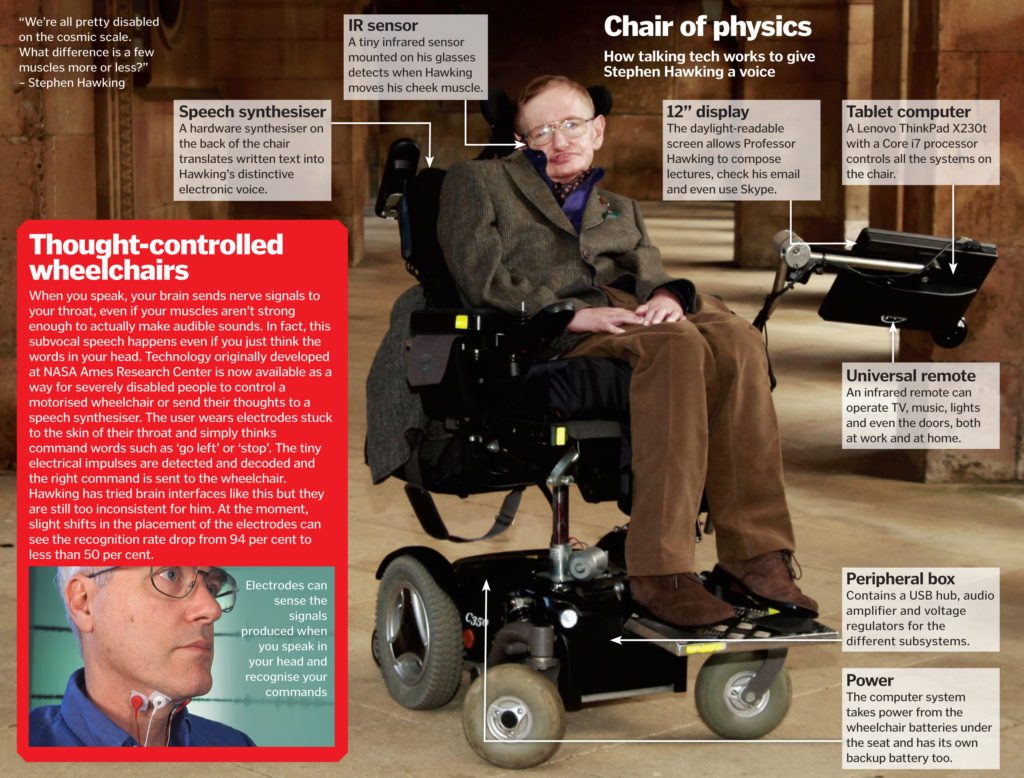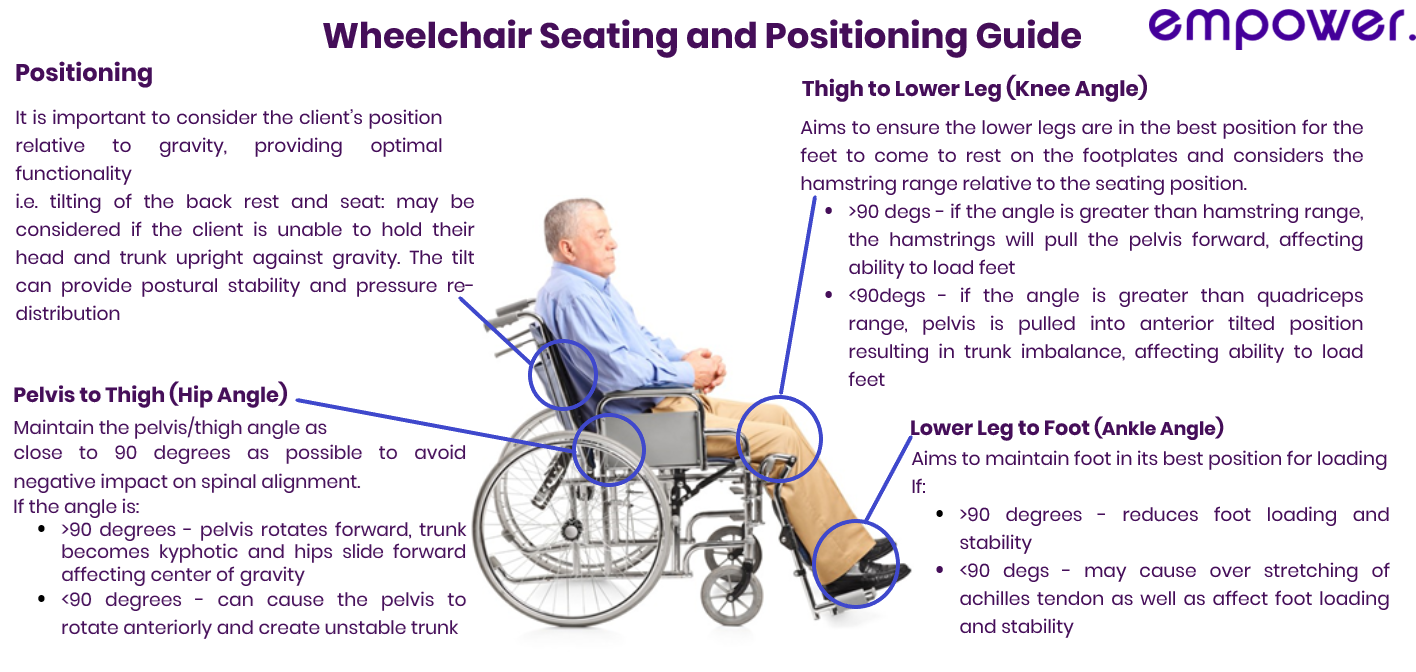As we come to the end of OT Awareness Month, we would like to introduce Anju, our OT Home Care Team Leader. Anju brings over 11 years’ experience in occupational therapy to Empower Healthcare and her extensive background from rehabilitation to private practice means Anju is perfectly suited and equipped to support her team in a wide range of occupational therapy services to help consumers build their independence and achieve sustainable therapy outcomes.
I love seeing the smile on my client’s face when they receive new equipment or learn new ways to participate in activities that, they thought were long behind them. Independence is everything. I love giving that to people
When did you join Empower?
February 2020
Why did you choose Empower?
I am excited about teaching OT skills and improving services to customers. Adam and Matthew embodied these same values during the interview which made it easy to choose Empower.
What do you love most about your job?
I love how I can help client’s achieve their goals and develop their skills. It is always a challenge in identifying the right strategy for each client. It is always invigorating to work with them to find the best approach which helps them achieve their goal.
What has been your most memorable moment?
The best moment for me has been where I helped a client develop their fine motor skills by playing cards.
In what ways has Empower supported your growth personally & professionally?
In the past few months, Empower has given me the freedom to develop OT programs and professional programs to improve the skills of all therapists.
In your new role, what will you be looking to achieve in 2020?
This year, I hope to set up a uniform standard of practice for all OTs to practice.
What piece of advice would you give your new graduate self?
To avail of every opportunity for professional development. It’s not just the courses and theoretical classes that develop a therapist’s skills but also practical sessions with senior therapists. It helps to attempt a new referral/ treatment program even if you have nil to limited experience as it only improves your knowledge and skill.
Tell us a bit about yourself. Out of the workplace, what are your interests and hobbies?
Out of the workplace, I am usually very much restricted to my daughter’s various activities. I enjoy dancing and participate in cultural activities when they come up. I love reading, mostly thrillers and crime and I believe Agatha Christie is the best author in the genre.
Employment at Empower Healthcare
Love your work
We are recruiting!
Do you share our passion for exceptional care?
We are searching for clinicians that want to keep their finger on the pulse of a thriving industry.
We offer a highly competitive package; flexible working arrangements, annual professional development program, subsidised external PD courses and paid study leave, above award remuneration, plus other benefits.












 …
…